Japan decided to release rice from its strategic rice reserves on February 14, the first time it has released rice from its national reserves to lower prices at supermarkets and other retailers. Behind the unprecedented intervention is a three-decade-old storage policy designed to prevent food crises.
Storing rice to cope with food crisis
On February 14, Japanese Minister of Agriculture , Forestry and Fisheries Taku Eto said that the government will use 210,000 tons of rice from reserves to ensure smooth distribution of this staple item amid rising prices.
According to the ministry, rice will be distributed mainly from last year's harvest, while a small amount will be distributed from the 2023 harvest.
The Japanese government also plans to sell rice from its reserves to agricultural cooperatives and other wholesalers, on the condition that the government can buy back the same amount within a year to avoid a price slump.
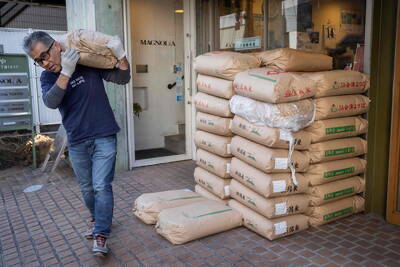 |
| At a rice shop in Tokyo on February 14. Photo: Le Figaro |
Behind this unprecedented intervention is a three-decade-old storage policy designed to prevent food crises.
The storage policy began in 1993, when Japan suffered a year of severe crop failure, forcing the government to import foreign rice in large quantities. These imports were then seen as a shock to the Japanese, who had always been committed to the quality of domestic rice.
Since then, Tokyo has maintained a stockpile of about one million tons, equivalent to 10 percent of national consumption. Until now, these reserves have only been released in the event of natural disasters or sharp declines in agricultural output. But this is the first time the rice reserves have been mobilized to counter rising prices.
Rice consumption decreases but prices still increase
The current spike in rice prices is explained by a number of factors. A historic heat wave in the summer of 2024 affected the rice harvest, reducing available supplies.
This situation was exacerbated by increased consumption, and in particular by panic buying, following warnings of a mega-earthquake in August 2024. As a result, rice prices increased by 64.5% in December 2024 compared to the same period last year.
According to a government survey, a 5kg bag of rice sold for 2,023 yen (about 337,000 VND) a year ago, but now costs 3,688 yen (615,000 VND).
At one point, tourists to Japan were blamed for the rise. But in reality, their consumption accounts for just 0.5% of total consumption. One of the most worrying elements of the rice crisis remains the role of distributors. The country's Ministry of Agriculture suspects that wholesalers and farmers are hoarding rice in anticipation of further price increases.
To stimulate demand, reassure the market and prevent prices from falling sharply, the government has indicated that it will buy back 210,000 tonnes of rice to offset the amount sold.
But the decision marks a turning point. Japan, which consumes nearly 100 percent of the rice it produces, has long prioritized protecting its producers. Since the 1970s, successive governments have subsidized the closure of certain rice fields to keep prices high for farmers. For example, 40 percent of rice fields have disappeared in recent years, with producers receiving financial incentives to stop production.
Ironically, the crisis comes amid decades of declining rice consumption. While the average Japanese person consumed 118 kg of rice per year in 1962, that number had fallen to 51 kg by 2022. Yet rice remains central to Japanese culture and economy. Rice production remains protected by import barriers, keeping domestic prices much higher than those of Thai or Vietnamese rice.
The decision to release strategic rice reserves on February 14 raises the question: Should Japan revise its agricultural policy? Some experts say the Japanese government needs to control lower prices to support food security.
NGOC MINH (according to La Tribune)
* Please visit the International section to see related news and articles.
Source: https://baodaknong.vn/vi-sao-nhat-ban-co-luong-gao-du-tru-khong-lo-242968.html


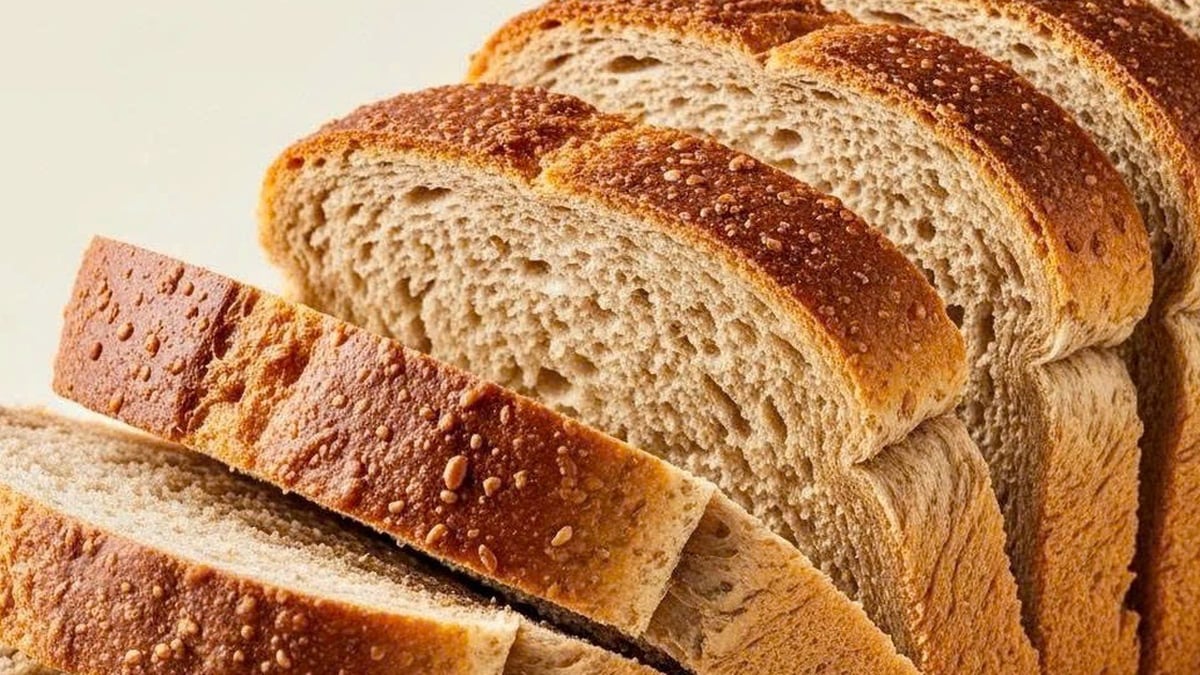
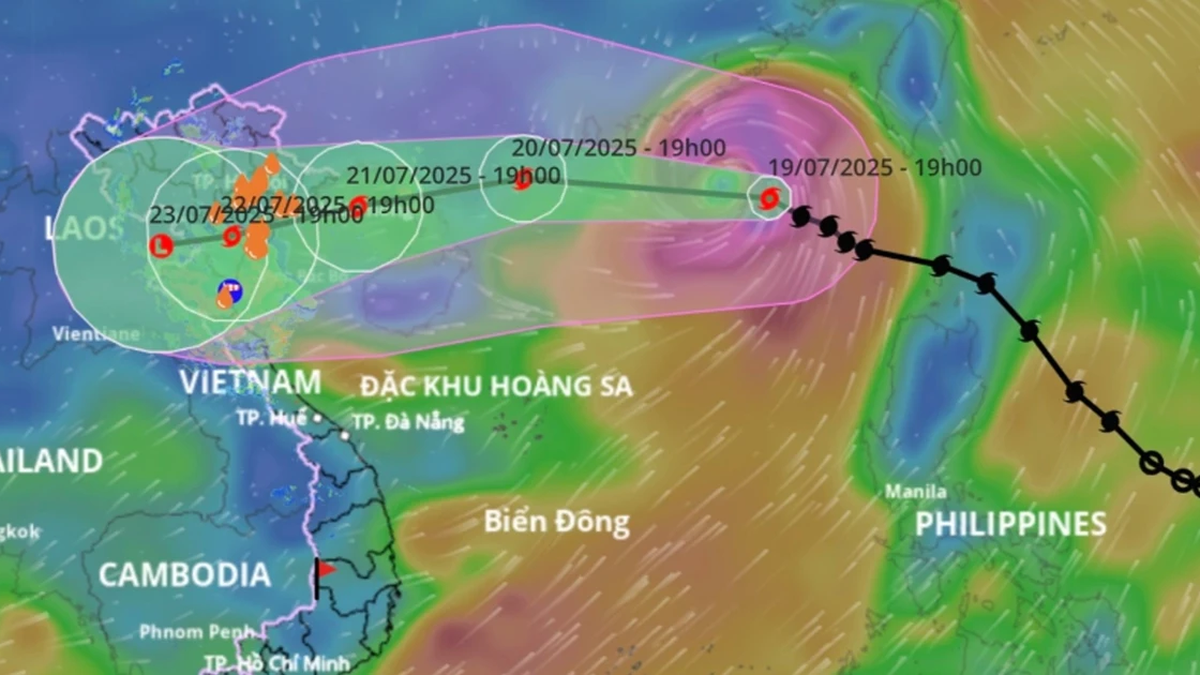


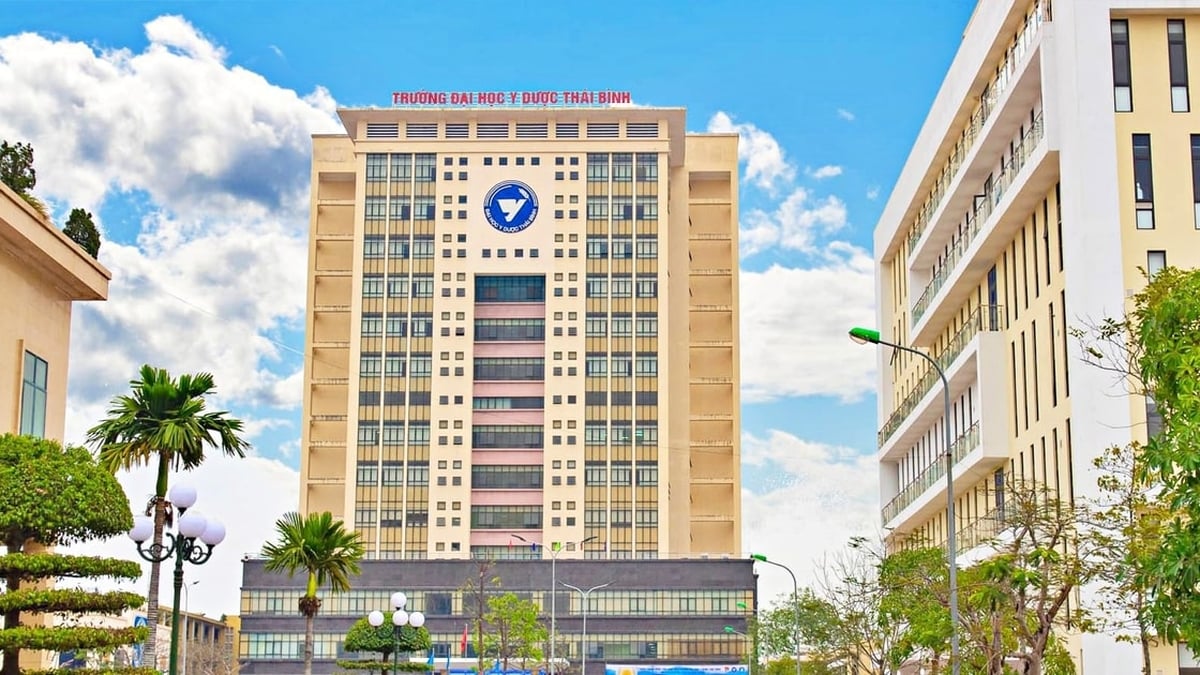
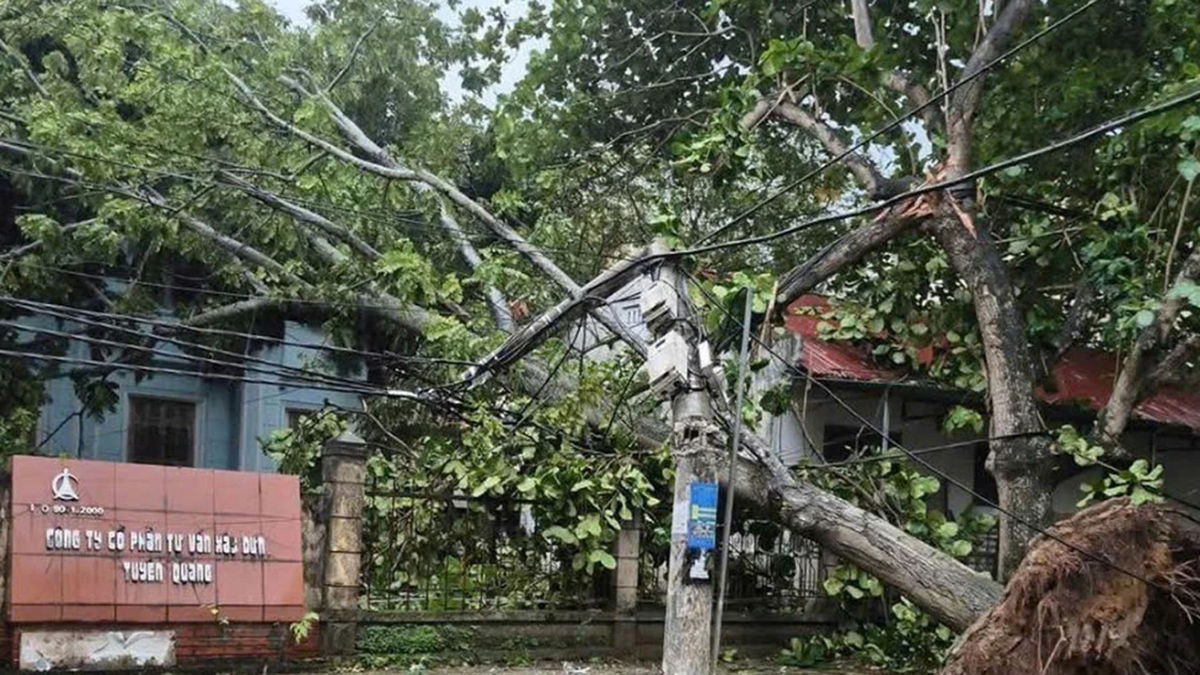


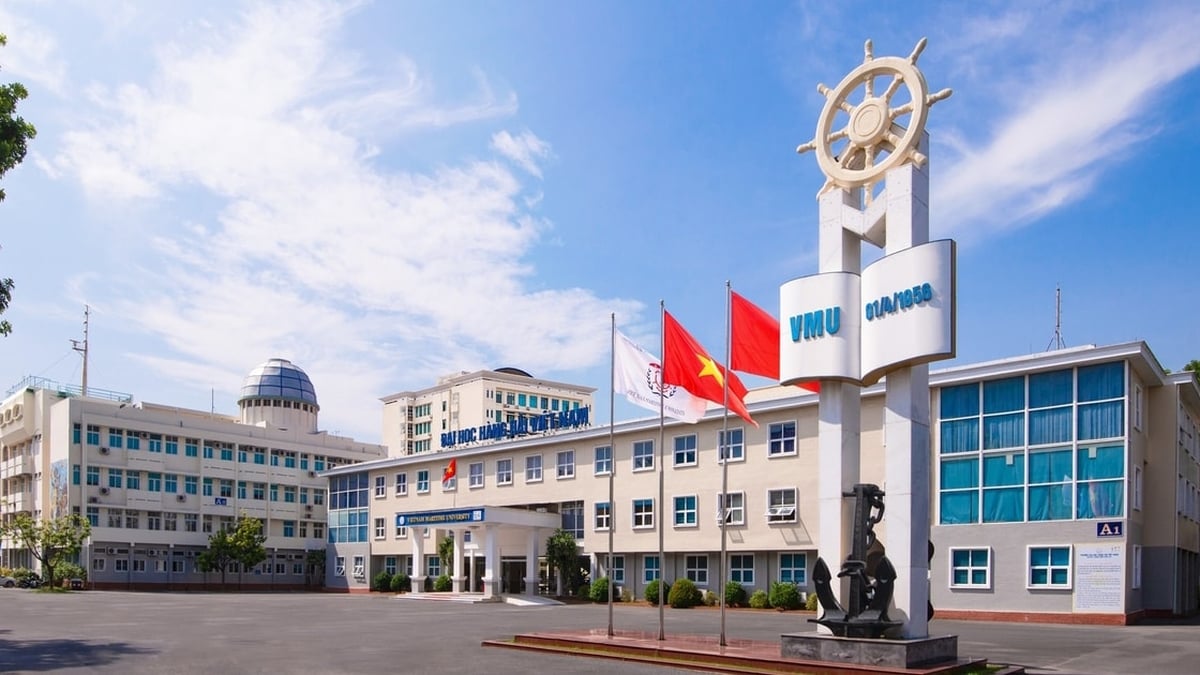
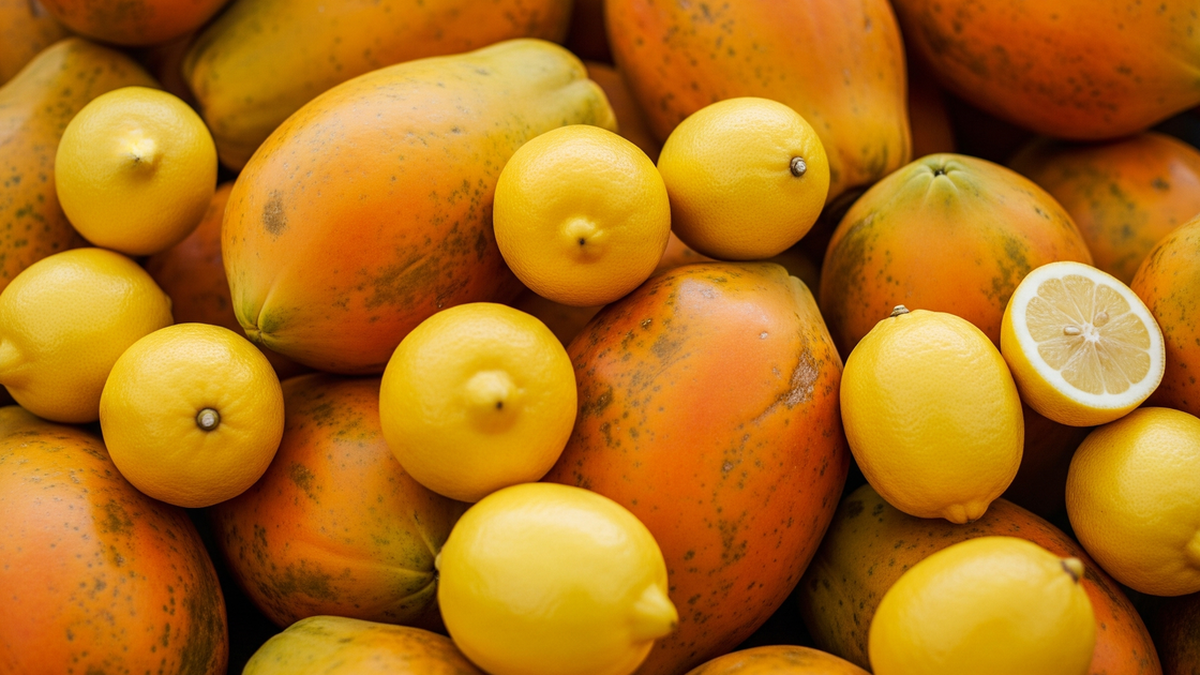

















































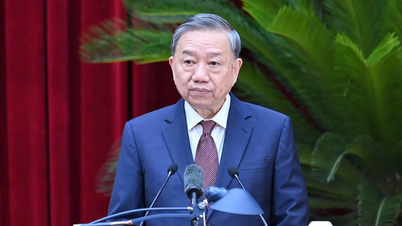
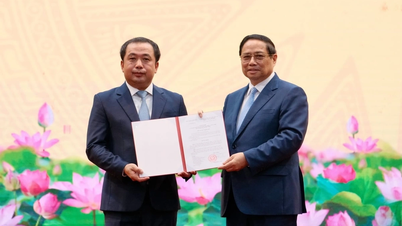







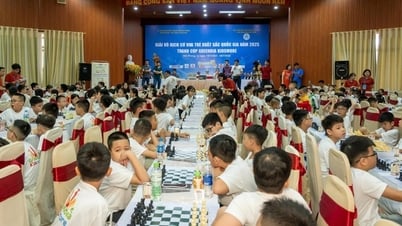
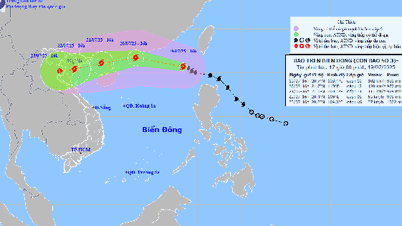

























Comment (0)